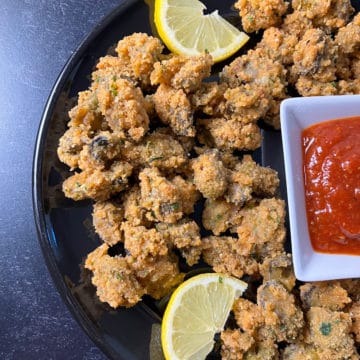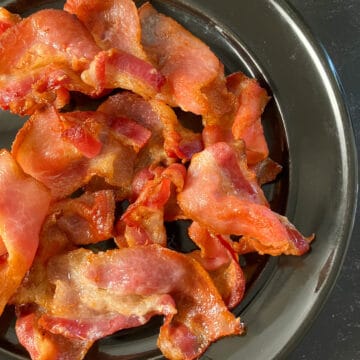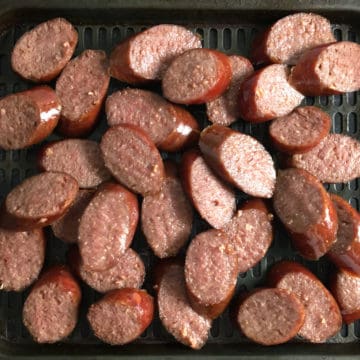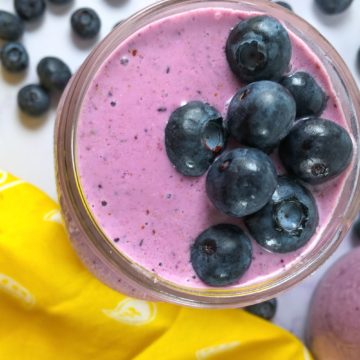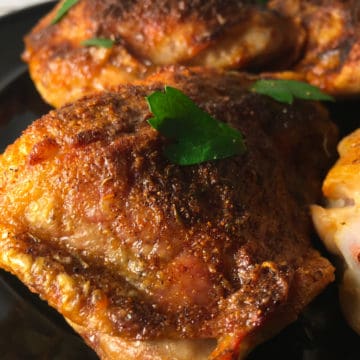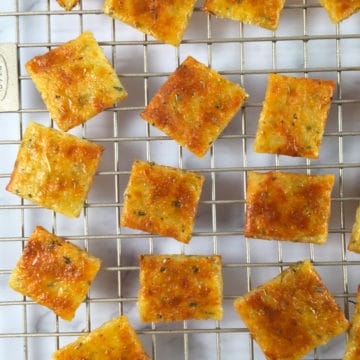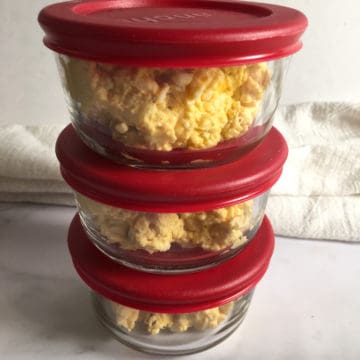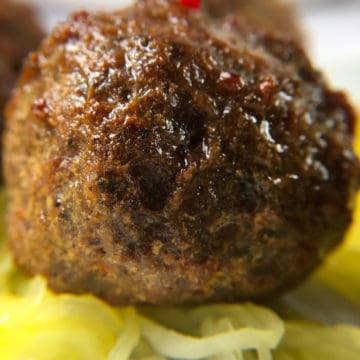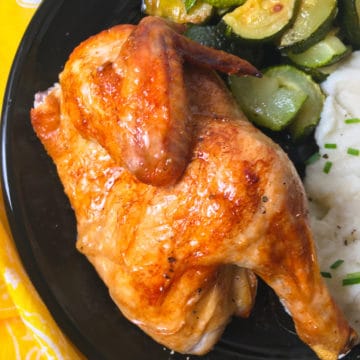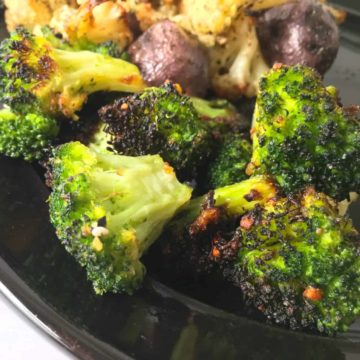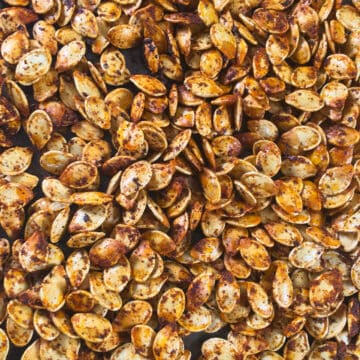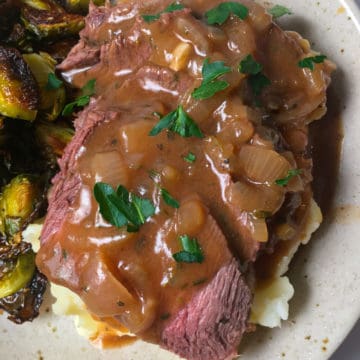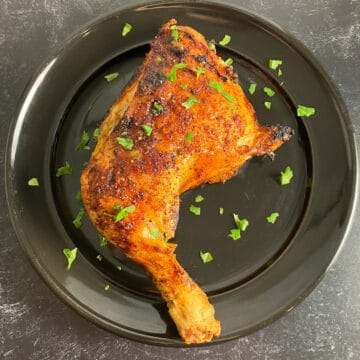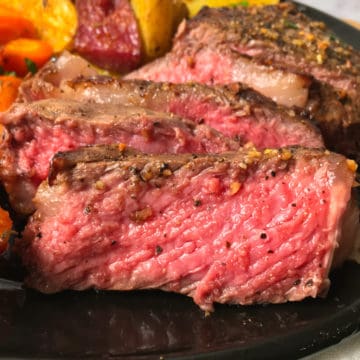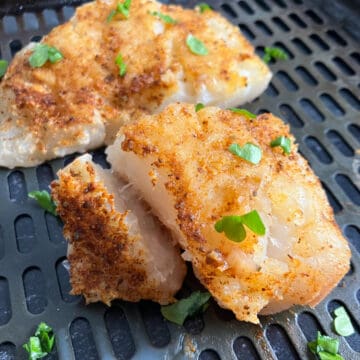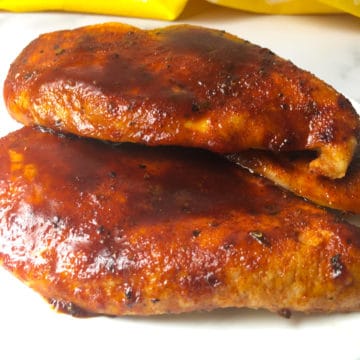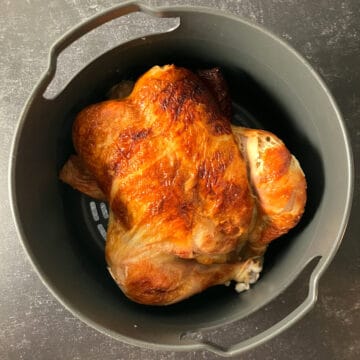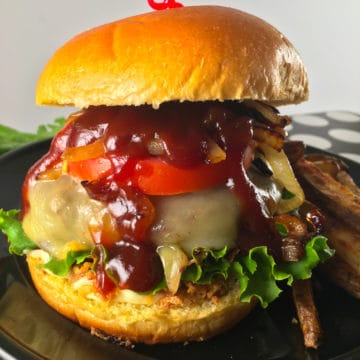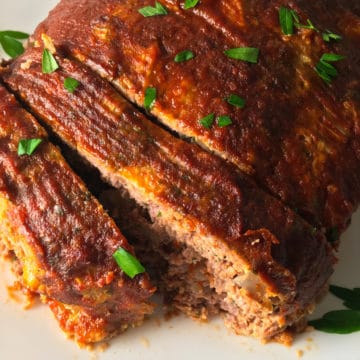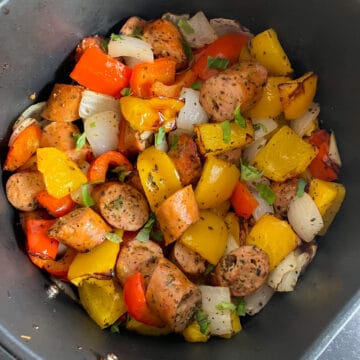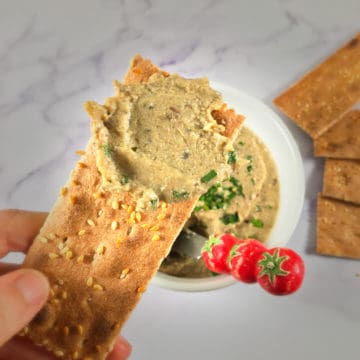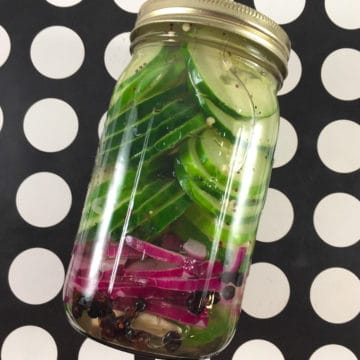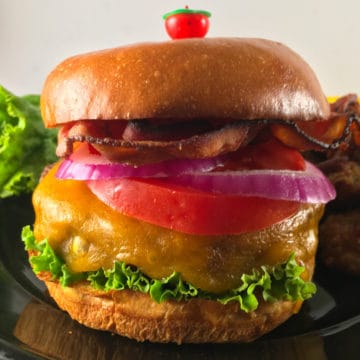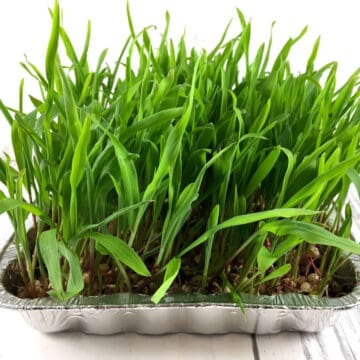Keto Recipes
The ketogenic diet was historically used as a medical nutrition therapy for intractable epilepsy. The diet was very high fat, moderate protein, and low carb to help keep the patient in ketosis, as part of a medically supervised program. Supplements are typically used to help prevent deficiencies with medical keto.
If you’re using keto for losing weight rather than epilepsy, you can change the macros. Often, those using keto for weight loss maintain low net carbs, low or moderate fat, and adequate protein to feel satiated (full between meals).
The goal with keto for weight loss is to find a nutritious way of eating that helps you feel full while maintaining the calorie deficit needed for losing weight.
Talk to your doctor before putting yourself on a keto diet if you have diabetes. (Your medications may need to be modified.)
Here are the foods that need to be severely limited or completely restricted on a ketogenic diet:
- Grains (including items made with grains, i.e., breakfast cereals, bread, grain-based desserts, pasta)
- Most fruits aside from some berries and certain vegetables that are botanically fruits (e.g., zucchini and cucumber)
- Starchy vegetables (e.g., root vegetables, tubers, corn, peas)
- Products with added sugars (including natural sugars like honey and maple syrup)
This list of foods may seem small at first glance. However, grain-based desserts and bread are the top two sources of calories in the American diet, with soda and energy drinks taking fourth place.
When you remove these foods with keto, your diet is going to look very different than the average American diet. (And that might be a good thing!)
If you’re ready to embark on your very low carb journey, here are some recipes to get you started:
-
Mexican Fried Cheese Recipe (Queso Fresco Frying Cheese)
-
Fried Eggs in Air Fryer (Time and Temp)
-
Air Fryer Oysters Recipe (Time and Temp)
-
Frozen Bacon in Air Fryer Recipe (Air Fryer Frozen Bacon)
-
Polish Sausage in Air Fryer (Kielbasa Recipe with Time and Temp)
-
How many carbs in blueberries? (+ Keto Blueberry Smoothie)
-
Frozen Chicken Thighs in Air Fryer Recipe (Crispy Skin!)
-
Boiled Radishes Recipe (Keto Potatoes)
-
Old Fashioned Salmon Patties Air Fryer (Old Bay Salmon Cakes)
-
Air Fryer Halibut Recipe (Panko Breaded)
-
Keto Crackers Recipe (Low Carb Crackers)
-
Egg Salad for Weight Loss (Recipe and Calories Info)
-
How many calories in one air fried chicken wing? (+ Wings Recipe)
-
Frozen Waffles in Air Fryer (Eggo, Protein Waffles, Mini Waffles)
-
Keto Cheese Sauce Recipe (Is Cheese Keto Friendly?)
-
Frozen Raw Meatballs in Air Fryer Recipe (Uncooked Meatballs)
-
Air Fryer Rotisserie Cornish Hen Recipe and Calories Info
-
Air Fryer Frozen Vegetables (No more mushy frozen veggies!)
-
Keto Pumpkin Seeds Recipe (Are Pumpkin Seeds Keto?)
-
Air Fryer Parmesan Crisps (Keto Protein Crisps Recipe)
-
London Broil Instant Pot Recipe (Instant Pot London Broil)
-
Air Fried Chicken Leg Quarter (Calories + Keto Air Fryer Recipe)
-
Air Fryer Bone In Ribeye Steak Recipe (with Calories)
-
Air Fryer Lamb Shoulder Chops Recipe
-
Frozen Cod in Air Fryer Recipe
-
Air Fryer BBQ Chicken Breast Recipe (Air Fryer Barbecue Chicken)
-
Keto Greek Salad for Weight Loss (with Dressing)
-
Frozen Green Beans (Air Fryer Time and Temp)
-
Reheat Rotisserie Chicken in Air Fryer (Leftovers Recipe)
-
How to Render Lard in a Crock Pot (Render Pork Fat Slow Cooker)
-
Frozen Tilapia Air Fryer Recipe (How to Air Fry Frozen Tilapia)
-
Elk Burger Recipe (Best Juicy Elk Burgers)
-
Elk Meatloaf Recipe (Ground Elk Meatloaf)
-
Air Fryer Sausage and Peppers (Air Fryer Italian Sausage)
-
Cod Liver Pate Recipe with Smoked Oyster
-
Refrigerator Dill Pickles No Sugar- Sugar Free Refrigerated Pickles
-
Air Fryer Turkey Meatballs (No Breadcrumbs) Keto Recipe
-
Frozen Bison Burger Air Fryer Recipe (Hamburger Patties)
-
Pork Belly Air Fryer Recipe (Crispy Skin!)
-
How do you grow popcorn grass?
-
Egg Keema Recipe (Egg Kheema Egg and Vegetable Curry)
-
Keto Caprese Chicken Recipe (Air Fryer Pesto Chicken Breast)




